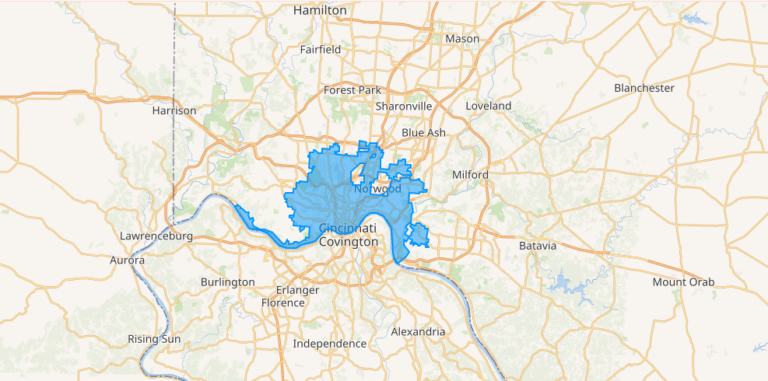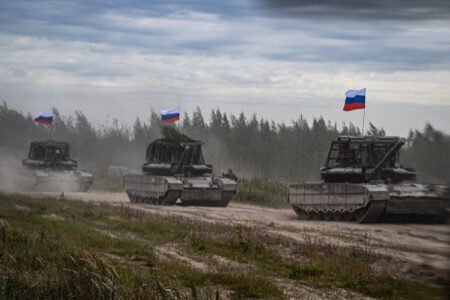Cincinnati, located in southwestern Ohio along the north bank of the Ohio River, is a city known for its historical significance, cultural diversity, and economic strength. With a population of over 309,000 in the city and more than 2.2 million in the greater metropolitan area, Cincinnati is the largest metro region in Ohio and one of the top 30 in the United States. Its strategic location, where Ohio borders Kentucky and Indiana, makes it a key hub for commerce and transportation in the Midwest.
Founded in 1788, Cincinnati played a major role in the early expansion of the United States. It was once referred to as the “Queen City of the West” due to its rapid growth in the 19th century. The city also served as a critical stop along the Underground Railroad, offering refuge for enslaved people escaping to freedom. Its strong German heritage is still visible today in the city’s architecture, festivals, and food culture.
Cincinnati’s economy is driven by a mix of industries, including manufacturing, finance, education, and healthcare. It is home to the headquarters of major national and international companies such as Procter & Gamble, Kroger, Fifth Third Bank, and American Financial Group. In recent years, the city has seen the rise of a strong startup and tech scene, attracting young professionals and entrepreneurs.
Education plays a central role in the city’s development. The University of Cincinnati is a leading public research university known for its programs in engineering, medicine, and design. Xavier University, a private Jesuit institution, also offers a wide range of academic programs and has a strong presence in the community. These institutions contribute not only to the city’s workforce but also to its cultural and intellectual life.
Cincinnati is rich in arts and culture, with numerous museums, music venues, and galleries. The Cincinnati Art Museum and the Contemporary Arts Center are two of the city’s most prominent attractions. The Cincinnati Symphony Orchestra and the Cincinnati Ballet are also widely respected and offer year-round performances. The city’s German influence is celebrated each year through Oktoberfest Zinzinnati, the largest Oktoberfest celebration in the United States.
Sports are another important part of life in Cincinnati. The city is home to the Cincinnati Bengals of the National Football League and the Cincinnati Reds, Major League Baseball’s first professional team. Soccer has also gained popularity with the rise of FC Cincinnati, which competes in Major League Soccer. These teams draw strong support from the local community and add to the city’s dynamic atmosphere.
Cincinnati’s transportation network includes three major interstate highways: I-71, I-74, and I-75, making it easily accessible by road. The city is served by the Cincinnati/Northern Kentucky International Airport, a major hub for both passenger and cargo flights. Public transit is available through the SORTA Metro bus system and the Cincinnati Bell Connector, a modern streetcar serving the downtown area.
Several unique neighborhoods make up the city’s diverse landscape. Over-the-Rhine, one of the largest historic districts in the United States, is known for its 19th-century buildings, revitalized arts scene, and local breweries. Mount Adams offers scenic views, parks, and cultural sites. Hyde Park and Oakley are popular residential areas with a blend of family-friendly amenities, shops, and restaurants.
Despite its strengths, Cincinnati faces challenges such as urban poverty, housing inequality, and racial disparities. Local leaders and organizations continue to invest in community development, education, and affordable housing projects to address these issues. The city’s ongoing efforts to modernize and improve quality of life make it a model of transformation in the Midwest.
Cincinnati remains a city where history meets progress. Its deep roots, combined with innovation and growth, continue to shape it as a vibrant and influential American city.







